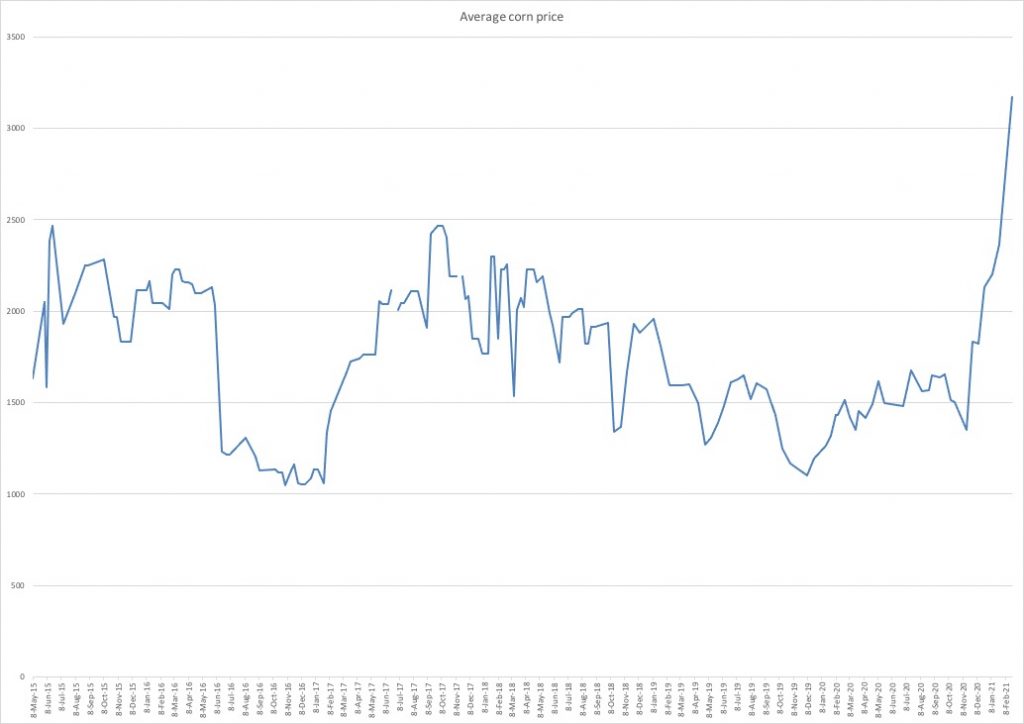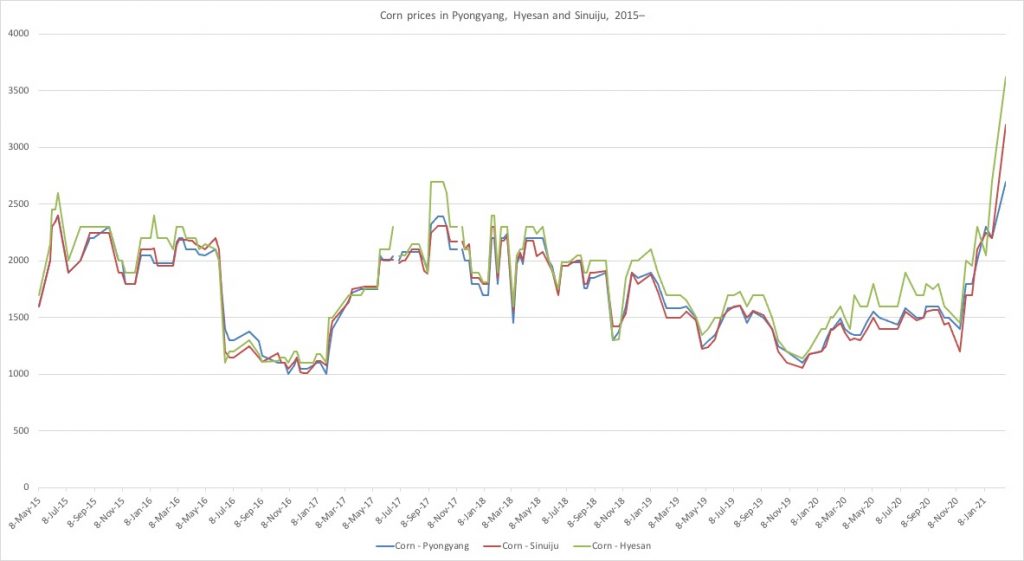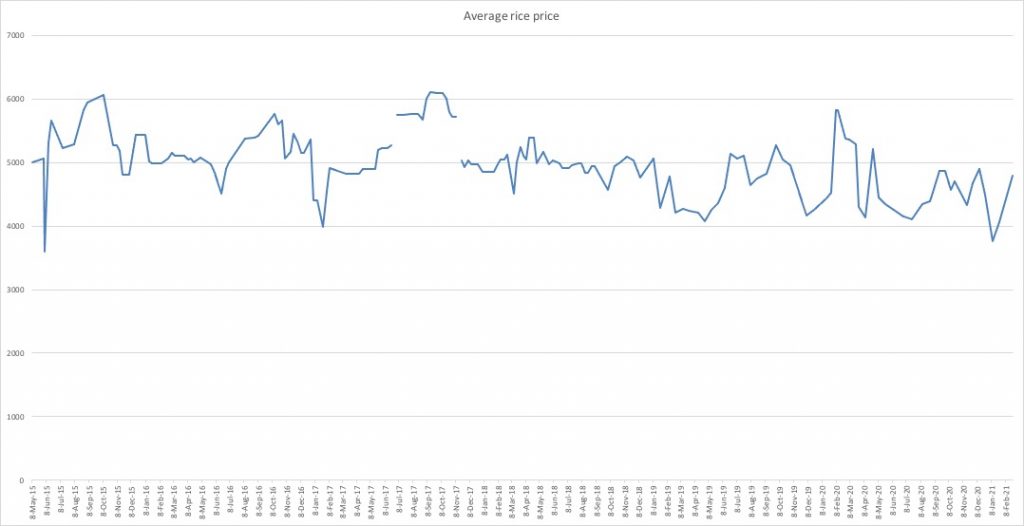By: Benjamin Katzeff Silberstein
After a hiatus during the summer following my PhD defense, I now plan to get back to posting regular analyses and news content here. First up, an interesting example of why the North Korean economy is in fact more connected to global commodity markets than many might think.
Over the past few weeks, coal prices have skyrocketed in China, following energy shortages record-high coal prices. In September, the country’s coal imports surged by 76 percent, fueled flooding in one of the country’s main coal producing regions.
Therefore, it shouldn’t be surprising that Chinese demand for North Korean coal — the commodity at the heart of international sanctions on North Korea — is reportedly growing. As Daily NK reports:
According to a source in Pyongyang on Wednesday, there have been noticeably more requests for coal from Chinese traders since North Korea’s national foundation day holiday on Sept. 9. He said there have been several illegal transshipments of coal for export over the last month.
China has recently limited trade with private North Korean traders, dealing instead with official North Korean trading bodies. The source said, however, that Beijing now approves transactions with any North Korean entity that can provide China with coal, including private ones.
In fact, the Chinese government has reportedly launched no particular crackdowns on private imports of North Korean coal.
Rather, according to a source in China, some provincial civil servants in China are advising traders to take care not to get photographed when they transship coal. Essentially, the Chinese government is turning a blind eye to imports of North Korean coal, an internationally sanctioned item. At the same time, they are asking traders to exercise caution, aware that the international community is watching.
(Source: Seulkee Jang, “Amid coal shortages, Chinese traders on the hunt for more North Korean coal,” Daily NK, 7/10/2021.)
There are several things worth noting about this. First, again, it should not be surprising. China’s enforcements of sanctions against North Korea depends primarily on whether Beijing believes it to be in the national interest to clamp down on trade or smuggling. Clearly, China now needs cheap coal, and it’s been a long time since the North Korea issue was at the center of international politics and diplomatic tensions. So there appears to be comparatively little to lose in increasing trade for the moment, although China has been significantly letting up on its sanctions enforcement for several years now, since the days of “maximum pressure” in 2016–2018.
Second, North Korea still appears to be getting shafted by China, who exploits its position as the almost exclusive monopoly buyer buyer to purchase coal from North Korea at prices lower than world market prices or Chinese domestic prices. The precise proportions are uncertain, but Daily NK reports that China is paying less than half of world market prices for coal imports from North Korea, although their source also notes that the North Korean side is using the global shortage as leverage to jack up prices. In other words, while China may in some sense be North Korea’s “patron”, commercial market logic is much more important in coal trade than often assumed, and China isn’t necessarily doing it to help North Korea.
Third, and to tie back to the title of this piece, North Korea, despite its policies of economic autarky, is in fact deeply connected to global commodity markets. This isn’t just true for currency prices. Although the size of North Korea’s foreign trade remains comparatively abysmal, its economy is, just like most other economies today, tied to the broader dynamics of global supply and demand.
It still remains to be seen how much trade can expand under the current North Korean border shutdown. Though some goods are getting through, the border largely remains under lockdown due to Covid-19 despite intermittent news reports that trade might restart and return to its former scale. As many analysts have noted, Covid-19 has succeeded in closing the border more tightly to trade than most sanctions regimes have. How much Pyongyang is willing to meet Chinese demands and let coal shipments go across the border in larger scale, potentially increasing the country’s exposure to the virus (in the eyes of the leadership) remains to be seen.



